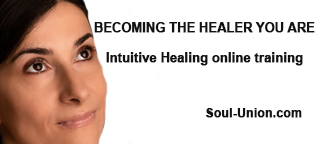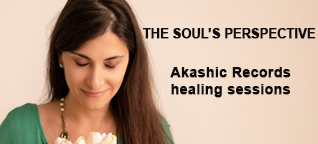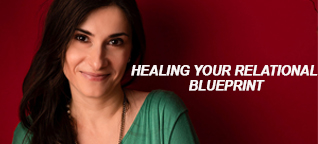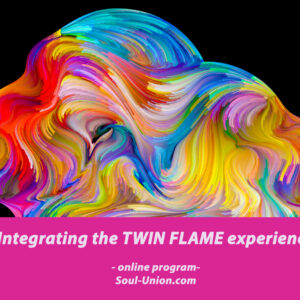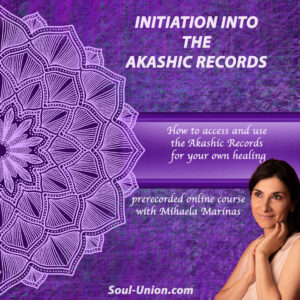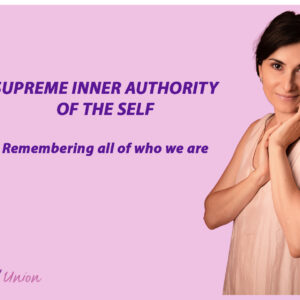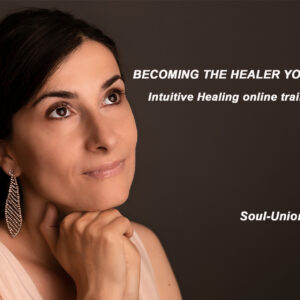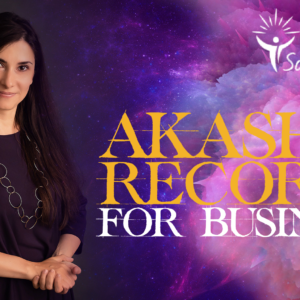The map of emotions

The map of emotions is a simple and strong formula that helps you to understand your feelings. Also it is about the way you pass, every time a grief or an emotional unbalance appears, through five sentimental levels. These are:
- Anger, guilt and resentment
- Pain, sadness and disappointment
- Fear and insecurity
- Remorse, regret and responsibility
- Love, understanding and forgiveness
When someone affects you, you usually feel a dominant emotion like anger, pain, fear or remorse. But our emotions are built one in top of the other, in layers. In the core of all these layers there is the essence of human emotions: love and need of connection and intimacy.
The map of emotions and its layers
Anger, guilt and resentment are from the first defence line, that protects you, frightening your aggressors.
Underneath there are pain, sadness and disappointment – much more vulnerable emotions. Pain covers even more vulnerable feelings like fear and insecurity.
The last layer of the map of emotions, the closest to the love core is remorse, regret and responsibility, which are the painful feeling of failure in love.
Under all anger, pain, fear and remorse feeling there is love. The other emotions from the map of emotions are just a reaction we have when someone interacts with our ability of loving or feeling loved.
Whenever you feel angry or offended or any other disturbing emotion, you are temporary “out of love”. If you consider the central core of love as a sensation that you are “home”, when you are angry or you feel fear is like you are away from your centre, “away from home”.
The emotional tension can be set free only living and experimenting all the four layers of the map of emotions that cover love.
When you express only some of the emotions you feel, in a conflict or during a grief in your life, the conflict will never be resolved and the emotional tension following the conflict will not be set free.
You cannot give up love. What happens with the emotional tension? You repress it and carry it from one relation to another. In this article, we will learn how to use the emotional map to develop happier and tensionless relationships.
Resolving communication problems using the map of emotions
The majority of communication problems reside in communicating only one part of the truth and not the full truth.
When you are upset and you try to tell your partner what you feel, you probably focus on the most obvious layer of your emotions in the respective moment – anger or pain. Your partner does the same. The messages you send to each other are not very lovely and they become very difficult to be listened.
Here is a simple exercise:
A couple just returned from a trip. At the welcome party she tells some friends about a tour they made during the trip. He interrupts her a few times, correcting the story. “How dares him!” she thinks. When the party is over she speaks about her feelings “How could you be so critical? I am angry with you, you destroyed my evening!”
Is she telling him the whole truth? Yes. She is angry and full of resentments. Still, her anger is just a part of the truth, is the top of the emotional iceberg. How will he answer? Probably with his own anger:
“- How could you be so critical? I am angry on you.
– I was not critical, I was just correcting you.
– It was rood.
– You are exaggerating. Calm down.
– You are so cold sometimes.
– It is impossible for someone to please you!”
Let’s try to realise which is the complete truth of her feelings
Anger: it was the first reaction to her husband’s behaviour
Pain and sadness: she is upset that he hurt her, she feels sad because of the way she was treated. It hurts when someone who loves us does not approve with us.
Fear: behind her anger, there is fear and uncertainty: “I am afraid that my husband got tired of me, that I cannot express myself in front of people and that we will continue fighting.”
Remorse and responsibility: beyond fear she feels remorse and responsibility and she feels that the situation is causing problems for the person she loves “I am sorry that I did not tell the exact story, that I get angry when I speak with other people and I am sorry that we fight.”
Love and intention: behind all these emotions, there is what the wife really wants. She doesn’t want to fight. Just wants to be right and also feels “I want you to be proud of me, also I want to learn to tell stories as well as you do. I wish us to get on well.”
In the core of her feelings there is love. If she didn’t love her husband so much she wouldn’t care what he thinks of her. Because she loves him, she feels sad when she cannot please him, she starts to fear that she will lose him; she is hurt when he criticises her and she becomes angry when they do not get on well.
Here is the complete truth about her feelings
“I want to tell you what I feel right now, because it stops me from feeling close to you. And I want to feel close to you again. Please listen to what I have to say before judging me.
I am really angry (anger: stage 1) on you. Because you were so critical with me when I told the story. I consider that it was rude and it made me feel bad in front of my friends. It hurts (pain: stage 2) that you do not like the way I express myself.
I feel fear thinking(fear: stage 3) that you are not proud of the way I feel and that you are bored intellectually. I’m afraid that all these will degenerate in a big fight. I am sorry that I became nervous when I said that story. I am also sorry (remorse stage 4) that we are fighting. I want you to be proud of me. I want us to feel safe with one another.
I love you so much (love: stage 5) and the fact that we are happy together is the most important thing in the world for me. Your opinion about me really matters and this is why I am so angry.”
It sounds differently then the initial discussion, isn’t it?
When we take care and express all the map of emotions, passing through all the emotional stages, starting with fear and ending with love, our entire conversation and the conflict itself appear in another light.
This way all the feelings are expressed, the real message can be transmitted and, above all, the message that love is less powerful because of anger will be avoided.
Source: “How to make love all the time”, Barbara de Angelis

